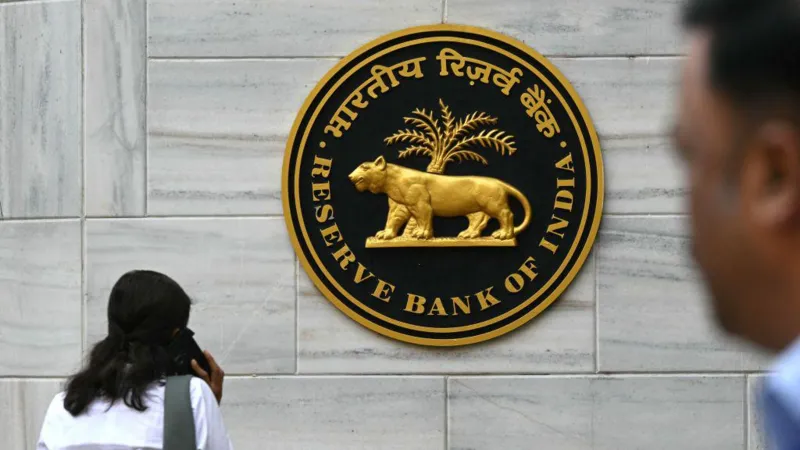India, celebrated as the world’s fastest-growing major economy, is facing questions about its momentum. Recent GDP numbers have cast a shadow of concern, raising doubts about the sustainability of its growth story. Between July and September, India’s economy expanded by 5.4%, marking a seven-quarter low and falling significantly short of the Reserve Bank of India’s (RBI) forecast of 7%.
While this pace remains enviable compared to developed economies, it signals a slowdown that warrants attention.
The Demand Dilemma
Economists cite several contributors to this deceleration: weakening consumer demand, tepid private investment, and reduced government spending—until now, a key growth driver. Despite a global economic resurgence post-pandemic, India’s goods exports remain modest, holding only 2% of the global share in 2023.
Fast-moving consumer goods (FMCG) companies report subdued sales, while salary data from publicly traded firms reflect a contraction in urban wages. Even the bullish RBI has revised its growth forecast for the fiscal year 2024–2025 to 6.6%, down from previous estimates.
“This is not an overnight issue,” says economist Rajeshwari Sengupta, pointing to a long-brewing demand problem.
Government’s Optimistic Outlook
Finance Minister Nirmala Sitharaman, however, paints a brighter picture. She attributes the dip to reduced government spending during an election-focused quarter, expressing confidence that growth will rebound in the coming months. While acknowledging headwinds like stagnant wages, global demand slowdown, and climate disruptions in agriculture, Sitharaman underscores India’s position as a resilient growth leader among major economies.
Interest Rates: A Double-Edged Sword?
India’s inflation hit 6.2% in October, breaching the RBI’s target ceiling of 4%. The surge, driven by rising food prices, has complicated the central bank’s monetary stance. High interest rates, maintained for nearly two years, have made borrowing costly, dampening investments and consumption—both critical for economic growth.
Critics argue that while high rates help control inflation, they also suppress the growth drivers. “Lowering rates won’t spur growth unless demand is strong,” observes economist Himanshu from Jawaharlal Nehru University, pointing to a vicious cycle where weak consumption curtails private investment, further stalling income growth.
A Tale of Two Economies
India’s economic trajectory appears divided. The old economy—comprising agriculture, small industries, and the informal sector—continues to struggle with overdue reforms. Meanwhile, the new economy, driven by a surge in services exports and the growth of global capability centers (GCCs), has powered urban consumption.
According to Deloitte, over half of the world’s GCCs are now based in India, generating $46 billion in revenue and employing nearly 2 million workers. However, this urban spending boost, which peaked during the pandemic, has since waned as GCCs stabilize.
Tariff Troubles and Export Challenges
India’s rising tariffs, up from 5% in 2013–14 to 17% today, have added to the complexity. High import costs hinder participation in global value chains, making Indian goods less competitive internationally. Economist Arvind Subramanian questions the RBI’s strategy of propping up the rupee through forex interventions, arguing that it reduces liquidity and weakens export competitiveness.
Reforms on the Horizon?
Critics warn that celebrating India’s status as the fastest-growing economy without addressing systemic issues could hinder progress. “We are still a poor country,” Sengupta remarks, emphasizing that higher growth rates are necessary to generate jobs and improve living standards.
Suggestions range from reducing tariffs to attracting investments migrating away from China. Some advocate government-led wage increases through employment schemes to revive consumption demand.
A Mixed Future
The government remains optimistic. Banks are robust, forex reserves strong, and extreme poverty in decline. Chief Economic Adviser V. Anantha Nageswaran advises against overinterpreting the GDP slowdown, asserting that India’s growth foundation remains solid.
Yet, the narrative of India’s rise as an economic powerhouse faces mounting scrutiny. Sengupta’s cautious optimism encapsulates the sentiment: “The headlines talk of India’s age and decade—I’m waiting for that to materialize.”



